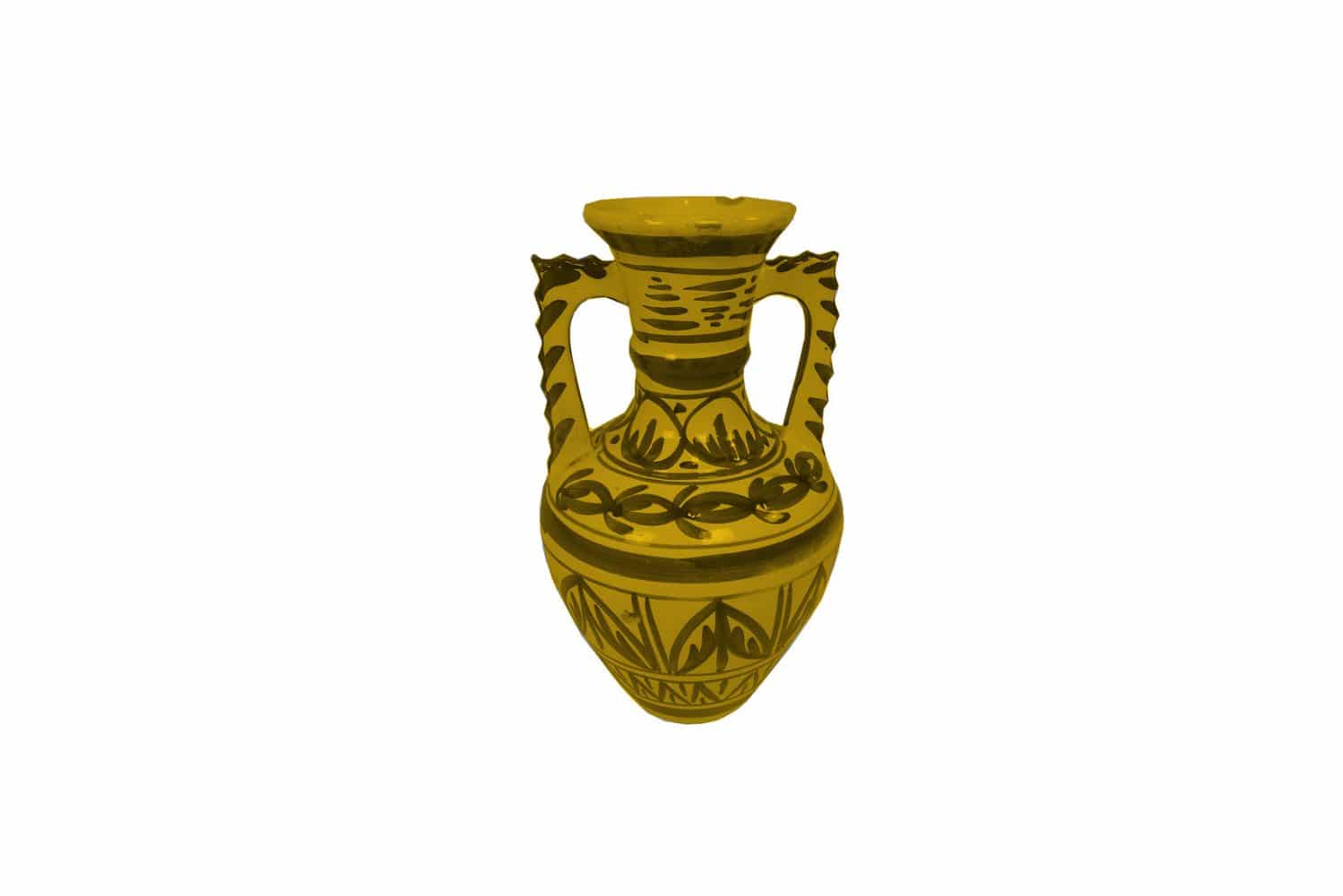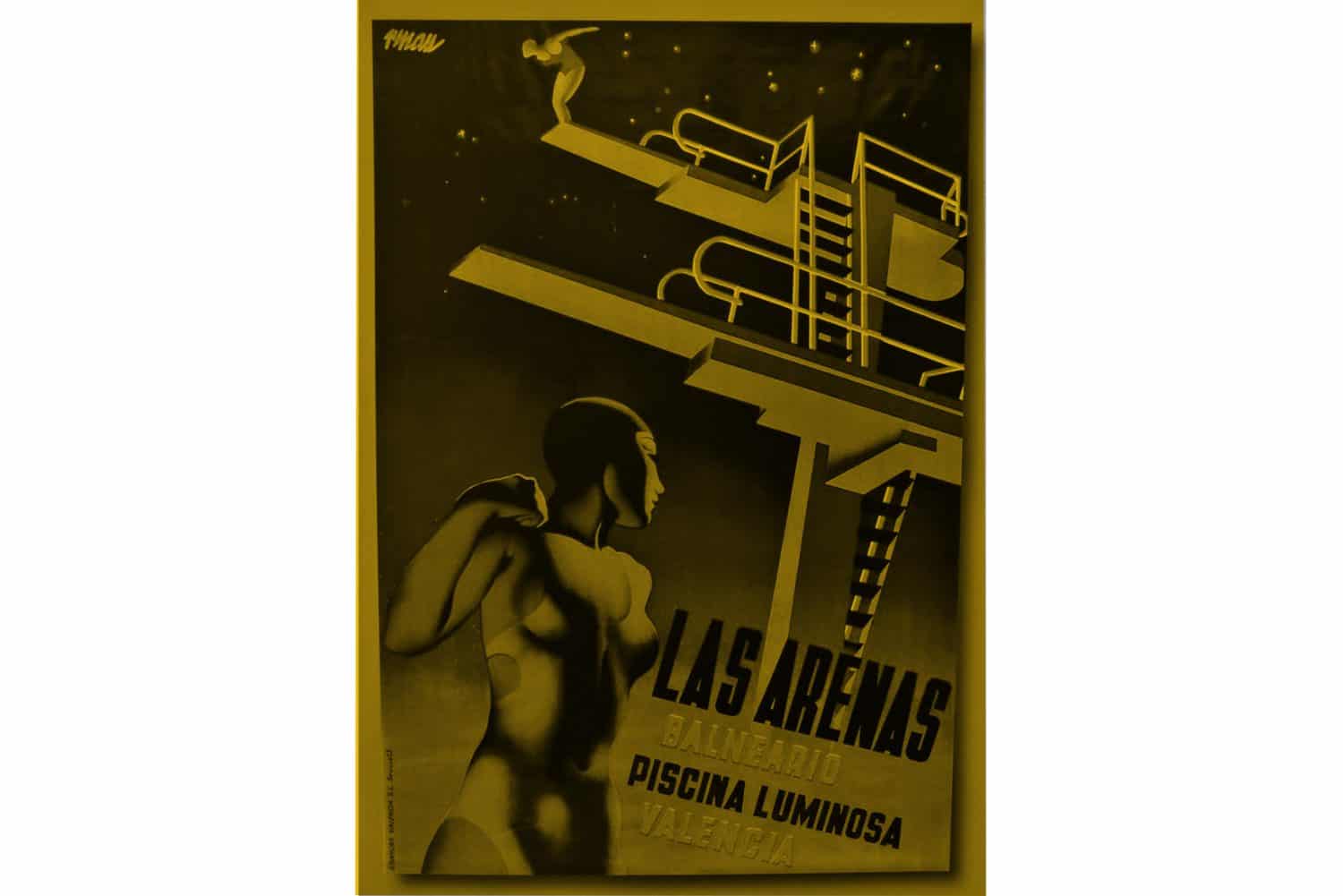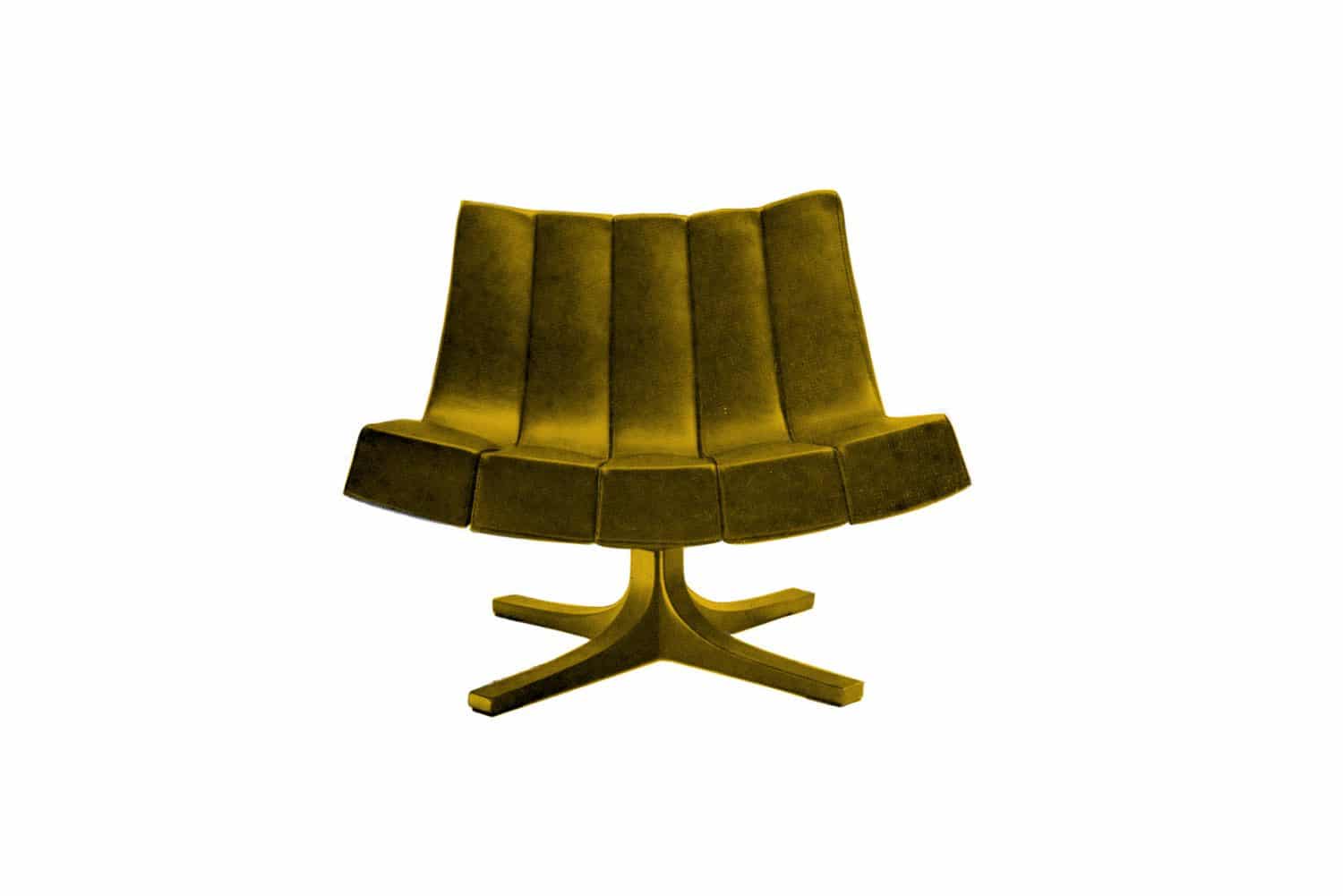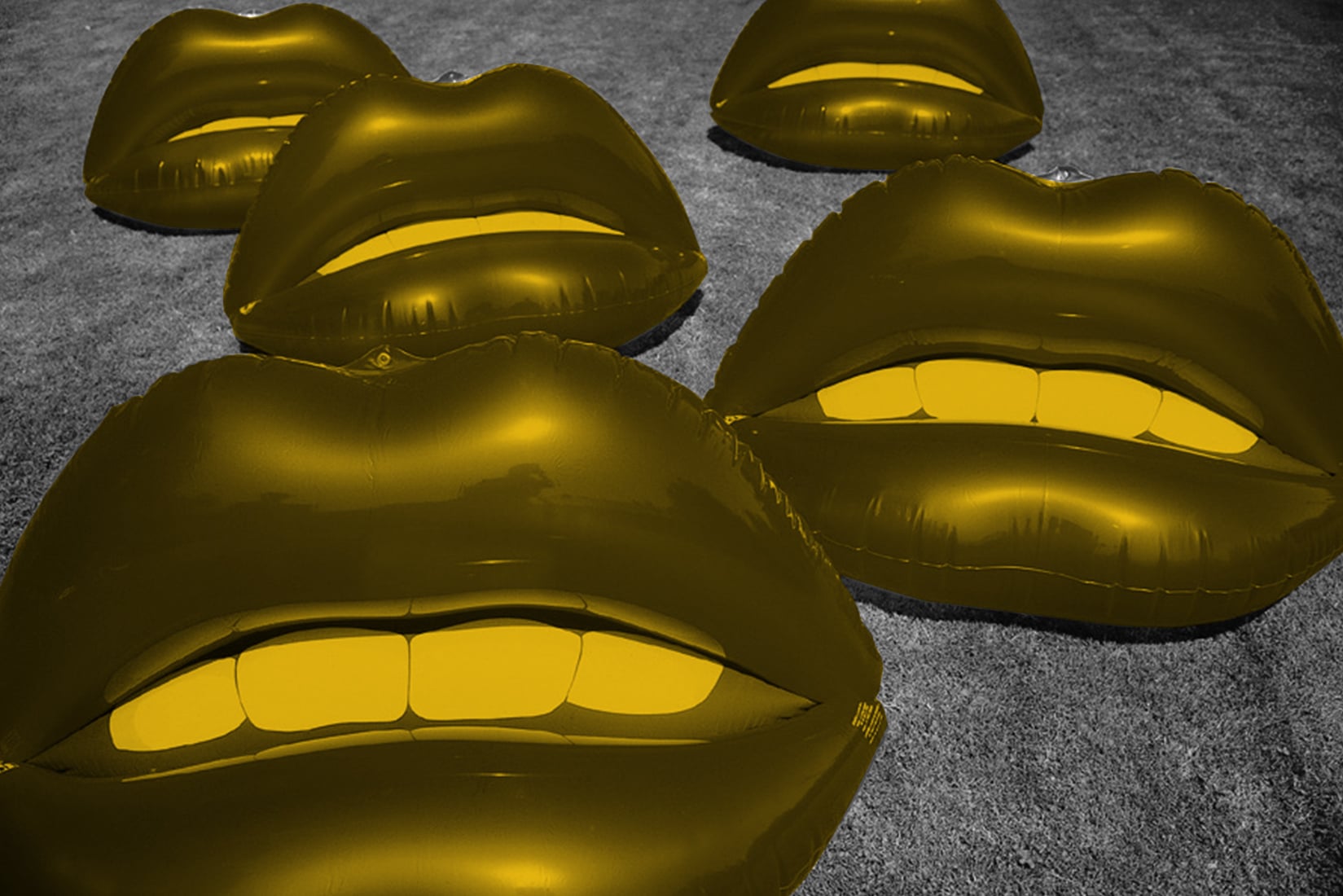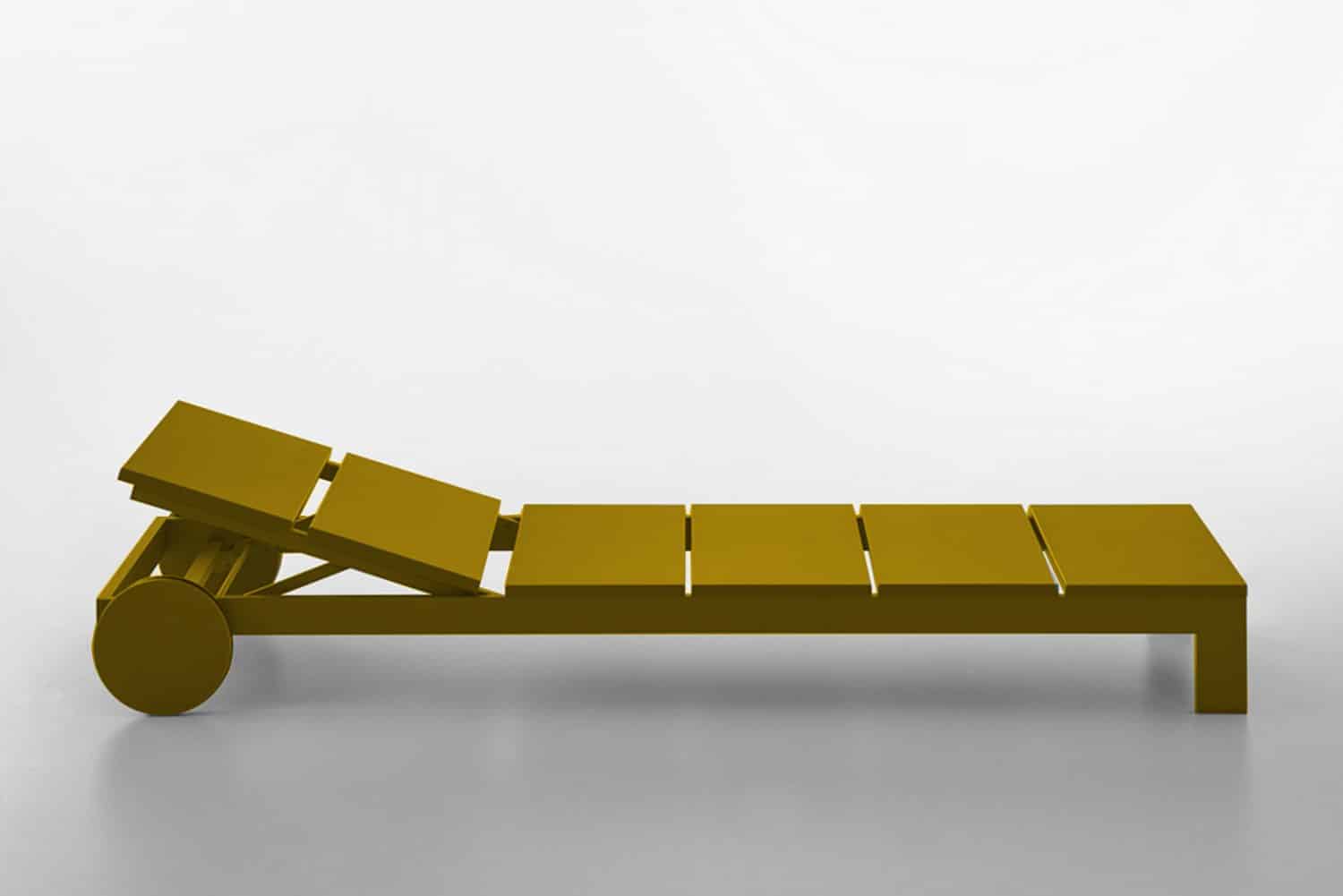INTERIOR
Valencia, World Design Capital 2022 #Valencia Capital Diseño 2022 #Valencia World Design Capital 2022
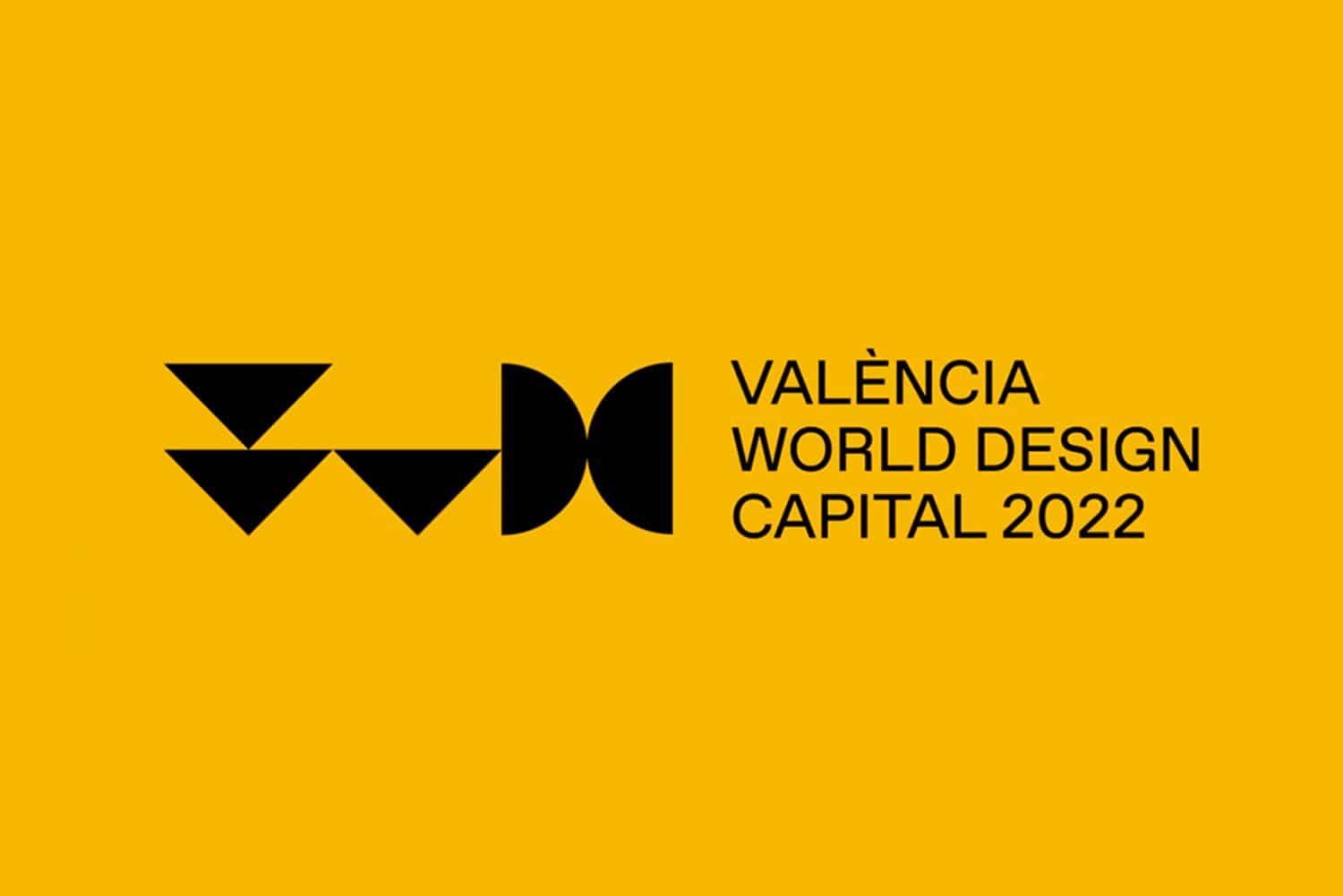
In the designation of Valencia as World Design Capital 2022, the World Design Organization places emphasis on the longstanding design legacy of Valencia. This legacy can be traced back to the medieval tradition of ceramics in Manises, porcelain in Alcora in the 18th century, the toy industry in Ibi or the footwear production in Elda since the 19th century, a tradition that in many cases has been updated incorporating contemporary design among its values. There was an important proto-industrial production of “Vienna-style” furniture in Valencia at the end of the 19th and early 20th centuries that reproduced Thonet’s techniques and models with distribution throughout Spain. The design legacy of these primitive industries was due to the work of hundreds of anonymous artisans.
Although we can find valuable examples of avant-garde graphic design, such as the advertising for the Las Arenas swimming pool by Josep Renau in 1932, in the first half of the 20th century, we cannot properly speak of industrial design until the end of the 60s. In 1966 and 1967, the first Conversations on Industrial Design were held at the College of Architects of Valencia, attended by people such as the sculptor Andreu Alfaro or Tomás Maldonado, director of the Ulm School. At that time, local companies such as Martinez Medina were committed to contemporary design, moving from traditional cabinetmaking to producing modern pieces such as the Granada Armchair by Javier Carvajal.
Despite these promising beginnings, the relationship between industry and design in Valencia continued to be hesitant until the 80s, with the emergence of the New Valencian Design captained by multidisciplinary teams like La Nave. Among their most popular designs stood out the inflatable Labios, designed by Marisa Gallén and Sandra Figuerola or the graphic identity for the Generalitat Valenciana, by Paco Bascuñán, Dani Nebot and Nacho Lavernia. Also in the 80s companies with a strong link between production and design were born, such as Punt Mobles, which obtained great international success with the bookstore La Literatura, by Vicent Martínez.
Although the design boom of the 80s suffered a strong post-Olympic backlash, many Valencian companies have decided to promote contemporary design as an added value in some cases with excellent results in Spain and abroad, a fact highlighted by the jury of the World Design Organization.
In 1996 Gandia Blasco, a company dedicated to the production of blankets started producing outdoor furniture after meeting the architect Ramón Esteve, thus becoming an international benchmark in the sector with the Na Xemena collection. Vondom, born in 2002 as a branch of a local company dedicated to the production of plastic, also has obtained a great international impact by committing outdoor furniture to local names such as Ramón Esteve alongside international figures such as Karim Rashid. Other Valencian companies of great international projection such as Porcelanosa, born in 1973 in Villareal, are currently working with the contemporary design of Valencian teams such as CuldeSac, born in 2002 and heir to the interdisciplinary tradition of La Nave, or Ramón Esteve in its products and facilities.
